
Post by : Meena Rani
In 2025, next-gen airports are evolving from mere transit hubs into intelligent ecosystems, where AI passenger flow optimization and airport automation converge to handle record passenger volumes efficiently. With global air travel surpassing pre-pandemic peaks—projected at 4.8 billion passengers by IATA—these innovations promise frictionless journeys, slashing wait times by up to 40 percent. This transformation is a strategic response to congestion, sustainability demands, and heightened security needs.
Mid-2025 has seen a surge in airport automation rollouts. Singapore's Changi Airport expanded its biometric self-boarding gates, processing 2 million passengers monthly with facial recognition, reducing boarding times from 15 to 3 minutes.
In the U.S., TSA's Remote Credential Authentication pilots at Ronald Reagan Washington National Airport enable off-site screening, allowing officers to review images from multiple sites while AI gates manage passenger flows for smoother operations.
Amsterdam Schiphol introduced AI-powered predictive analytics via Copenhagen Optimization, dynamically adjusting queues based on real-time data and cutting delays by 25 percent during peak hours.
Bengaluru International Airport leads in Asia with a fully biometric self-boarding solution, integrated across check-in, security, and gates, handling 1.5 million passengers weekly.
These advancements align with smart airport trends in 2025, emphasizing modular platforms for seamless integration with existing systems.
"The era of manual queues is over—AI passenger flow tools are essential for 2025's 5 billion traveler surge," asserts Jens Nielsen, CEO of Copenhagen Optimization.
WAISL's aviation tech report adds that digital twins and IoT will turn airports into autonomous ecosystems, optimizing everything from gates to emergency response.
At the International Airport Summit 2025 in Berlin, Hari Marar, managing director of BIAL, noted that biometrics and process automation have transformed the airport into a seamless experience hub.
FAA's NextGen program integrates trajectory-based operations for precise flight paths, with 50 U.S. facilities now using Approach Runway Verification to prevent errors.
Next-gen airports are set to expand, with the global market projected to reach 85.12 billion USD by 2033, up from 55.05 billion USD in 2025, representing a compound annual growth rate of 5.6 percent.
Passenger volumes are expected to hit 4.8 billion in 2025, a 12 percent increase from 2024. Automation market value is projected at 55 billion USD, growing 18 percent year-on-year. Wait times at boarding and security checkpoints could decrease by 40 percent thanks to AI and biometric integration, while predictive routing may reduce emissions by 20 percent.
Sixty percent of passengers report higher spending due to enhanced airport experiences, indicating strong returns on AI passenger flow and automation investments.
The automation journey began with FAA's NextGen in 2007, evolving from basic radar systems to AI-driven processes by the pandemic pivot in 2020.
Following COVID-19, 2022 biometric pilots at over 100 global hubs laid the groundwork. By 2025, such systems became standard, fueled by an average annual traffic growth of 17 percent.
Rising passenger demand—India alone is targeting the third-largest market status—combined with climate and security mandates, is driving airport automation adoption.
Geopolitical factors and e-commerce growth amplify these needs, while 5G and IoT maturity enable real-time integration across airport systems.
These innovations have broad effects: reduced queues increase retail spending by 15 percent, while AI-powered routing decreases carbon emissions. In developing regions, they democratize access to air travel, supporting up to 1 trillion USD in aviation GDP by 2030.
By 2030, humanoid robots and blockchain-based tamper-proof logs will become common, with autonomous airports expected to cut operational errors by 50 percent. Smart airport trends will expand to include virtual reality twins for staff training and planning, ensuring resilient, net-zero operations.
This article draws from public sources as of November 3, 2025. Figures may vary; seek expert advice for decisions. Sources include IATA, FAA, and Copenhagen Optimization.
Next-gen airports in 2025 are more than faster—they are smarter gateways, blending AI passenger flow with airport automation to deliver sustainable, passenger-first travel experiences.
#NextGenAirports #SmartAirports #AirportAutomation #AviationInnovation #AIinAviation



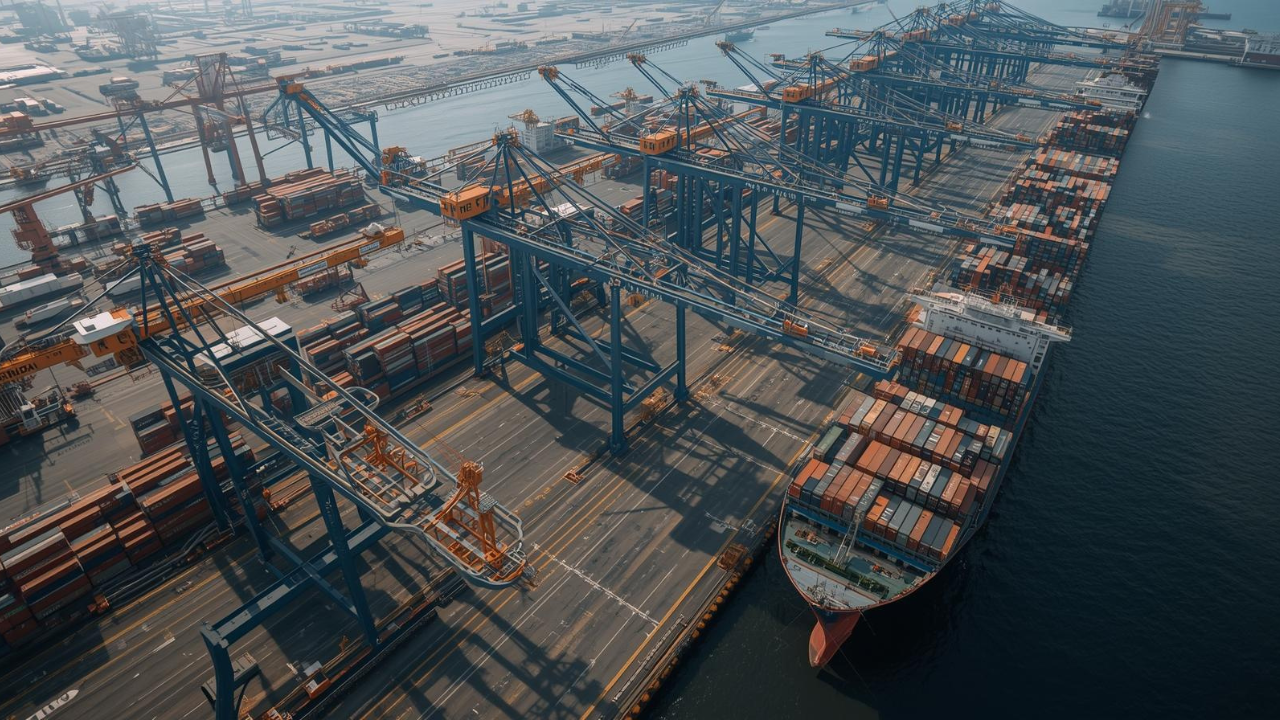

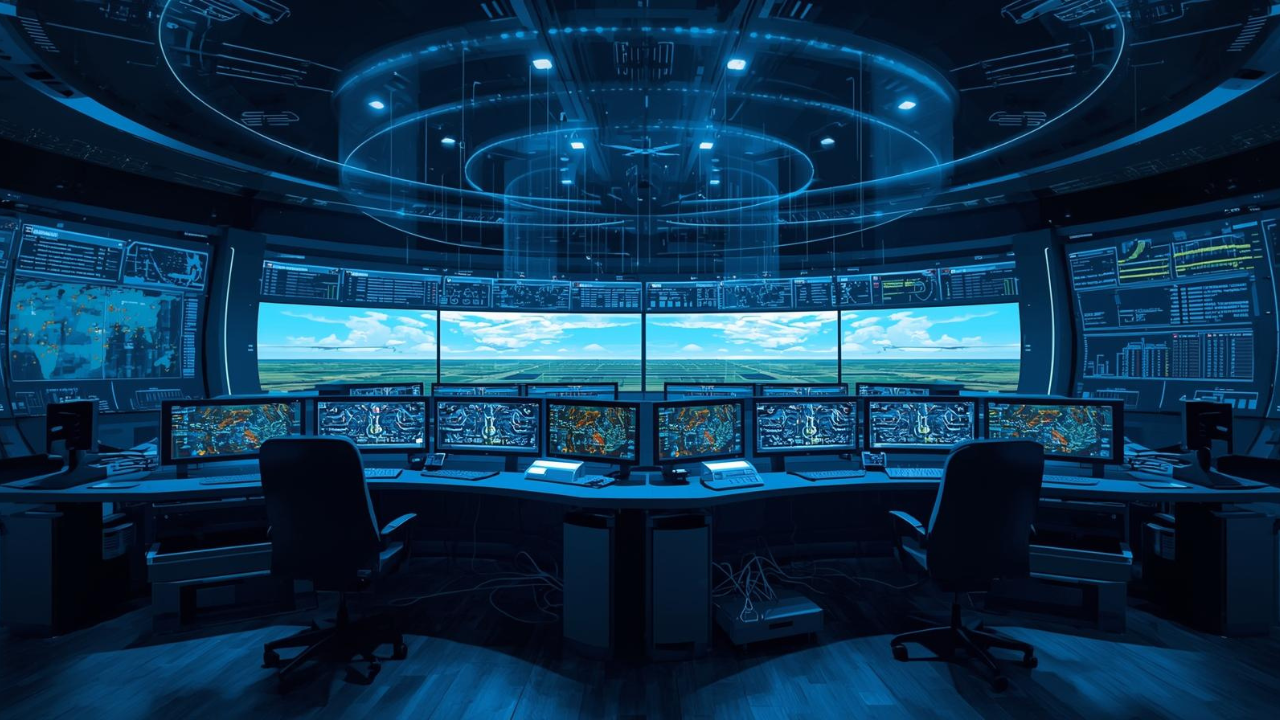
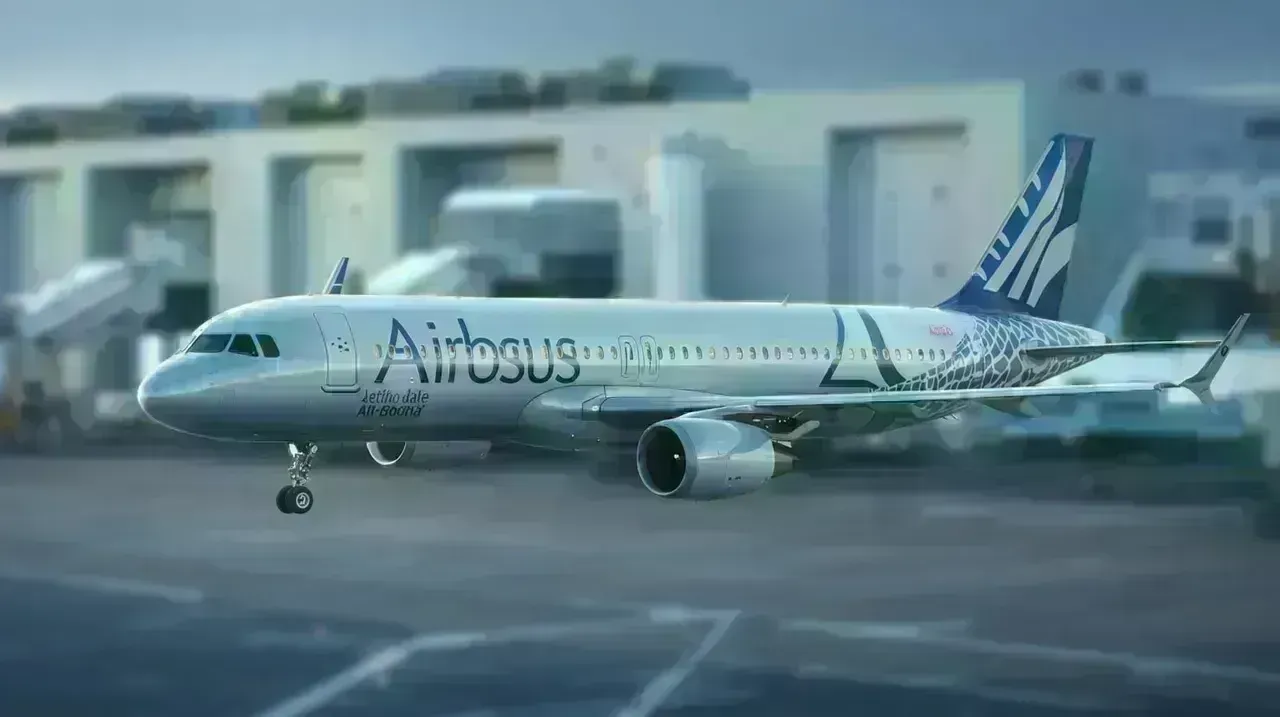


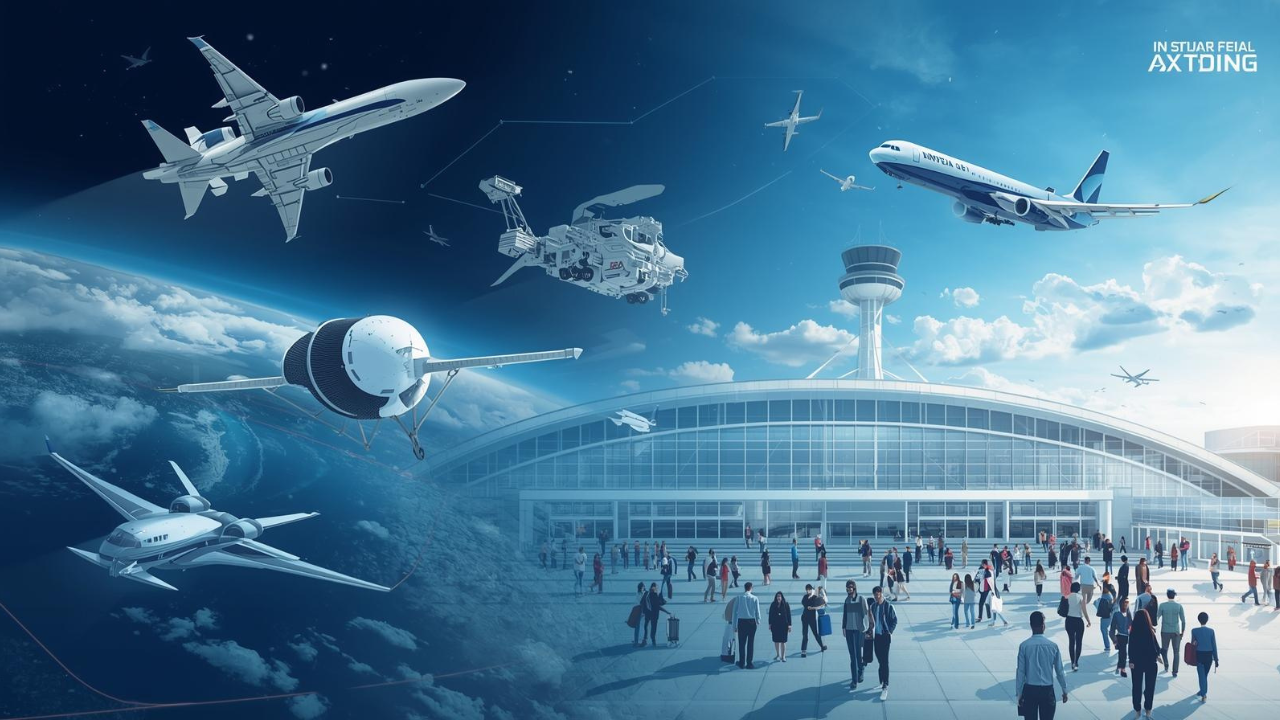
Advances in Aerospace Technology and Commercial Aviation Recovery
Insights into breakthrough aerospace technologies and commercial aviation’s recovery amid 2025 chall
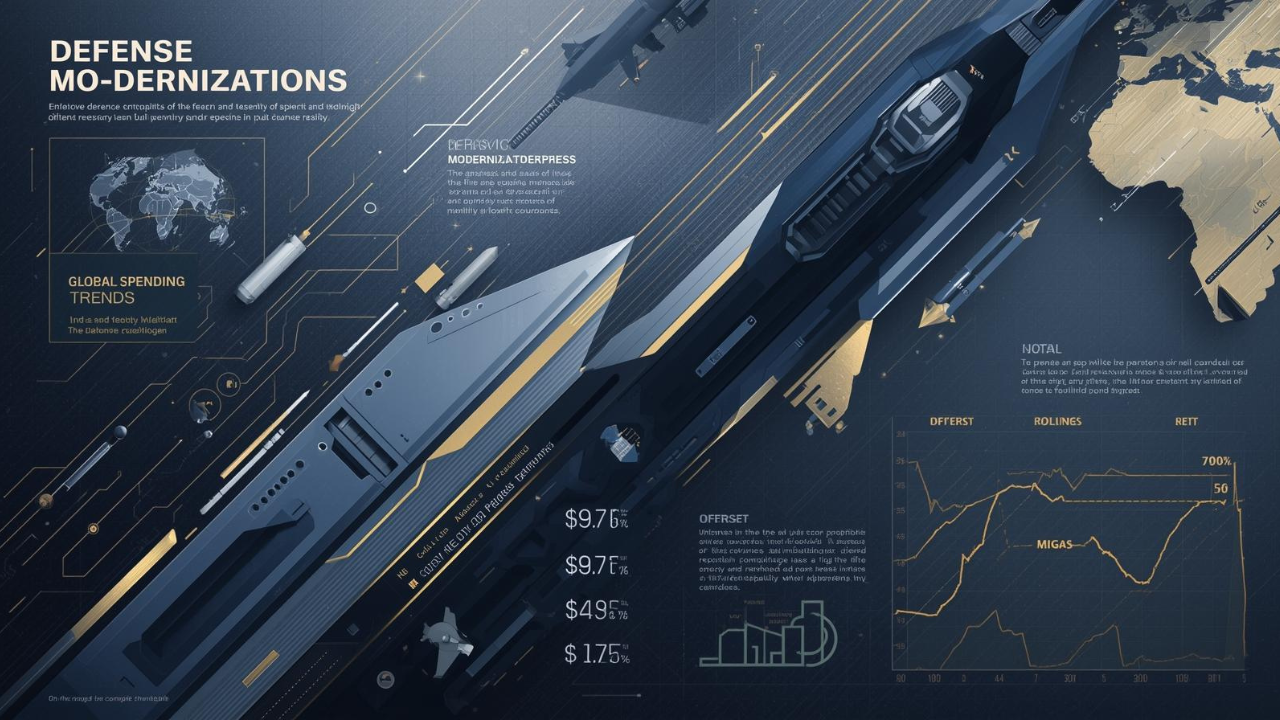
Defense Modernization and Strategic Spending Trends
Explore key trends in global defense modernization and strategic military spending shaping 2025 secu

Tens of Thousands Protest in Serbia on Anniversary of Deadly Roof Collapse
Tens of thousands in Novi Sad mark a year since a deadly station roof collapse that killed 16, prote

Canada PM Carney Apologizes to Trump Over Controversial Reagan Anti-Tariff Ad
Canadian PM Mark Carney apologized to President Trump over an Ontario anti-tariff ad quoting Reagan,

The ad that stirred a hornets nest, and made Canadian PM Carney say sorry to Trump
Canadian PM Mark Carney apologizes to US President Trump after a tariff-related ad causes diplomatic

Bengaluru-Mumbai Superfast Train Approved After 30-Year Wait
Railways approves new superfast train connecting Bengaluru and Mumbai, ending a 30-year demand, easi